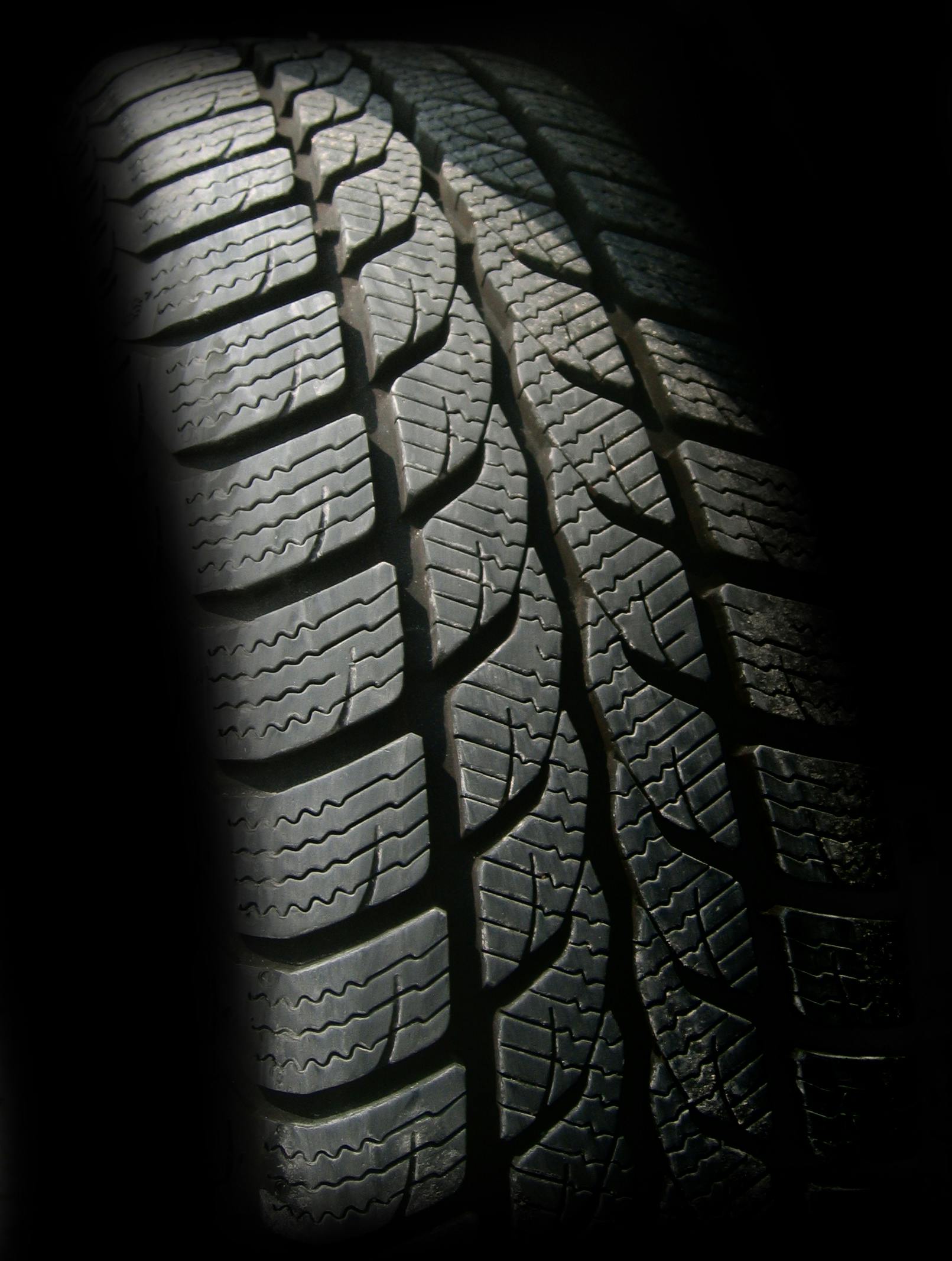Reinventing the Wheel: The Rise of Airless Tire Technology
The humble tire, a crucial component of every vehicle, is undergoing a revolutionary transformation. Airless tire technology, an innovation that's been in development for decades, is finally poised to reshape the automotive landscape. This groundbreaking approach to tire design promises to address longstanding issues of punctures, pressure maintenance, and environmental impact, potentially changing how we think about vehicle mobility forever.

The Evolution of Tire Technology
The history of tire technology is a testament to human ingenuity. From the earliest wooden wheels to the modern radial tire, each iteration has brought improvements in performance, durability, and safety. The pneumatic tire, invented by John Boyd Dunlop in 1887, marked a significant leap forward, offering a smoother ride and better traction than its solid rubber predecessors.
However, pneumatic tires are not without their drawbacks. They require regular maintenance, are susceptible to punctures, and can fail catastrophically at high speeds. These limitations have spurred researchers and engineers to explore alternative designs, leading to the development of airless tire technology.
The Mechanics of Airless Tires
Airless tires, also known as non-pneumatic tires (NPTs), operate on a fundamentally different principle than their air-filled counterparts. Instead of relying on compressed air to maintain their shape and support the vehicle’s weight, airless tires use a complex internal structure of flexible spokes or honeycomb-like cells.
This unique architecture allows the tire to deform and absorb shocks while maintaining its overall structural integrity. The outer tread, similar to that of a conventional tire, provides traction and wear resistance. Between the tread and the wheel, a network of resilient materials distributes the load and absorbs impacts, effectively mimicking the role of air in traditional tires.
Advantages of Airless Technology
The benefits of airless tires are numerous and compelling. First and foremost, they eliminate the risk of flat tires and blowouts, a significant safety enhancement for all types of vehicles. This feature is particularly valuable for military and emergency vehicles operating in challenging environments where tire failure could have severe consequences.
Maintenance requirements are also drastically reduced. Without the need for air pressure checks or inflation, vehicle owners can expect lower maintenance costs and fewer unexpected breakdowns. This reliability factor extends to commercial fleets, where vehicle downtime can result in significant financial losses.
From an environmental perspective, airless tires offer potential advantages as well. Their longer lifespan and reduced material waste contribute to sustainability efforts in the automotive industry. Additionally, the ability to easily retread these tires further extends their usable life, reducing the overall environmental impact of tire production and disposal.
Challenges and Ongoing Development
Despite their promising attributes, airless tires face several hurdles before widespread adoption becomes feasible. One of the primary challenges is weight. Current airless tire designs tend to be heavier than their pneumatic counterparts, which can negatively impact fuel efficiency and vehicle performance.
Another concern is heat buildup. Traditional tires dissipate heat through the air inside them, but airless tires must manage heat differently. Engineers are working on innovative materials and designs to address this issue, exploring options like thermally conductive polymers and optimized spoke structures to enhance heat dissipation.
Ride comfort is another area of focus. While airless tires have made significant strides in recent years, achieving the same level of comfort as high-quality pneumatic tires remains a challenge. Researchers are fine-tuning the internal structures and materials to better absorb vibrations and provide a smoother ride across various road conditions.
The Road Ahead: Implementation and Integration
As airless tire technology continues to evolve, its potential applications extend beyond traditional passenger vehicles. The military has shown significant interest in these tires for their durability and puncture-resistant properties. Off-road and construction vehicles could also benefit greatly from the increased reliability and reduced downtime offered by airless tires.
In the realm of future mobility, airless tires could play a crucial role in the development of autonomous vehicles. The elimination of tire-related failures would remove a significant variable from the complex algorithms governing self-driving cars, potentially accelerating their adoption and improving overall system reliability.
The integration of smart technologies with airless tires presents another exciting frontier. Embedding sensors within the tire structure could provide real-time data on road conditions, tire wear, and vehicle performance, contributing to improved safety and efficiency in transportation systems.
As we look to the future of automotive technology, airless tires stand out as a prime example of how rethinking fundamental components can lead to transformative innovations. While challenges remain, the potential benefits in terms of safety, reliability, and sustainability make this a technology worth watching closely. The day may not be far off when the familiar hum of air-filled tires gives way to the silent revolution of airless technology, marking yet another milestone in the ongoing evolution of the automobile.





